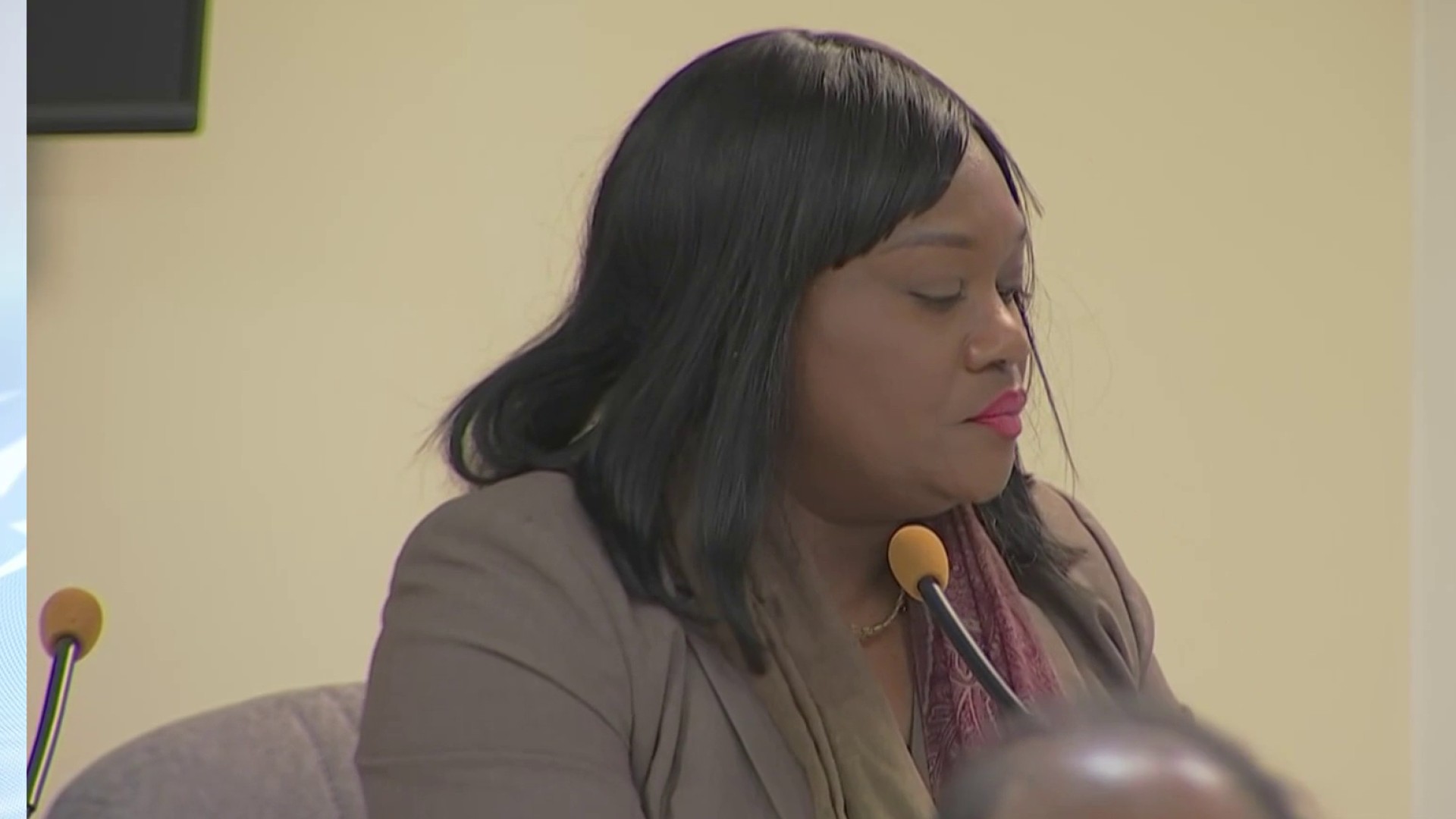While Halloween is a holiday full of tricks and treats, it can also include a trip to the hospital if you're not careful.
Dr. Stephanie Sweet, Orthopedic Hand Surgeon from the Philadelphia Hand to Shoulder Center, says that hand injuries are common year round, but Halloween activities pose a threat to those who do not practice proper safety techniques.
From carving pumpkins, to costume safety, Dr. Sweet suggests that holiday lovers follow these simple steps to avoid injury:
1. Be mindful of hand placement when carving jack-o-lanterns. People often use one of their hands to stabilize the back of the pumpkin, which puts their hand in an indirect field of vision. This means that knives and other cutting tools can easily slip and damage nerves and tendons in the hand. Pumpkin-carving kits offer knives of appropriate length and sharpness to avoid carving accidents.
2. Be sure that children are always supervised while carving pumpkins, and teach them proper knife safety before giving them permission to use sharp objects. Make sure they keep knives pointed down and pointed away. Also make sure they don't use their hands to talk while holding sharp objects.
3. While trick-or-treating, be sure to watch for loose wires that wouldn’t typically be in yards, wear durable, non-slip shoes, and carry a flash light in the dark. Injuring or breaking wrists due to tripping and falling happens “not infrequently,” according to Dr. Sweet.
4. Beware of pets, even if they are typically friendly and calm. On trick-or-treating evenings, many pets can become overwhelmed or even disturbed by the festivities. Do not bother animals, especially ones that you are not familiar with—as they could get scared and bite you.
Local
Breaking news and the stories that matter to your neighborhood.
5. Make sure costumes allow for proper vision and are a proper length—again it is not uncommon for people to trip and break their wrists due to improper costume fits.
One of the most common injuries that Dr. Sweet sees around this time is damage to the flexor tendon or nerve injury on the bottom or top of hand. Injuries like this come from puncture wounds or cuts to fingers and hands along the flexor tendon, and can result in serious surgery.
For more information or to learn about the Philadelphia Hand to Shoulder Center at Jefferson, click here.



